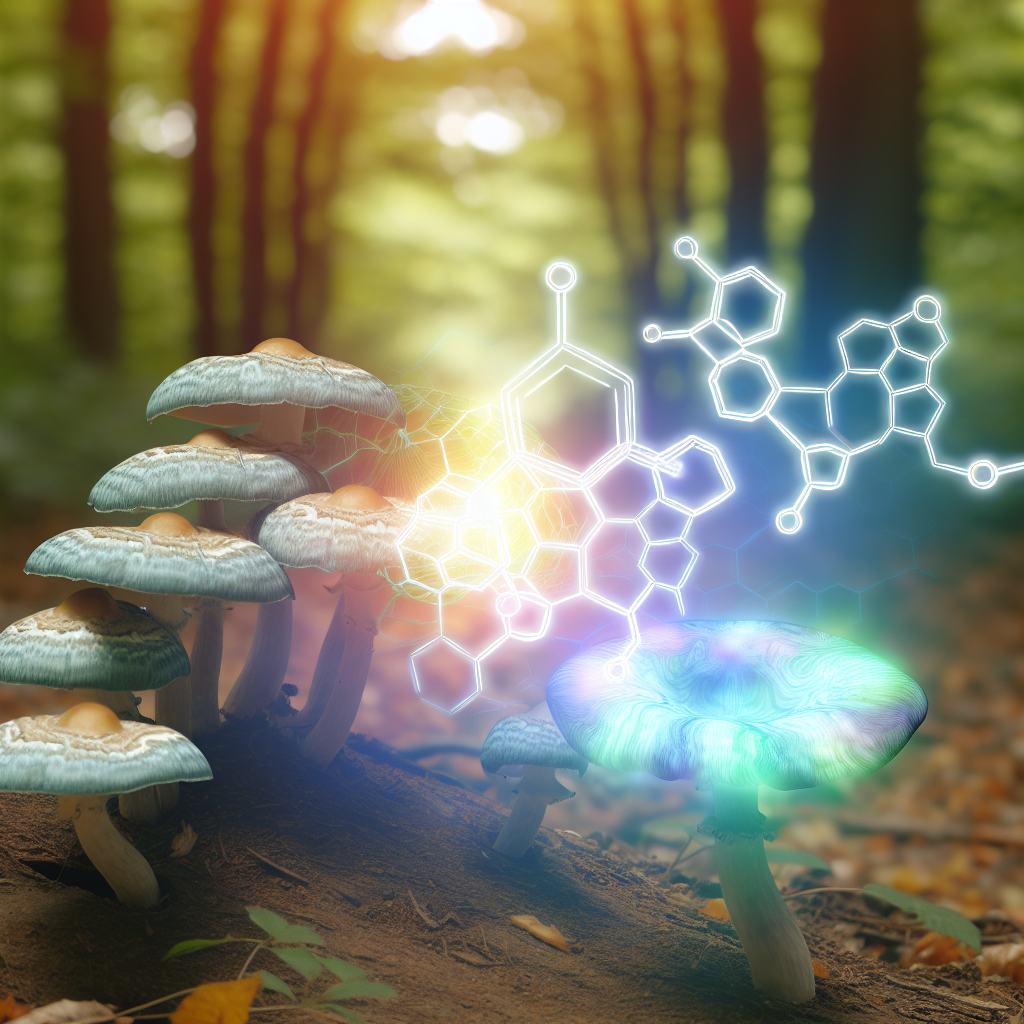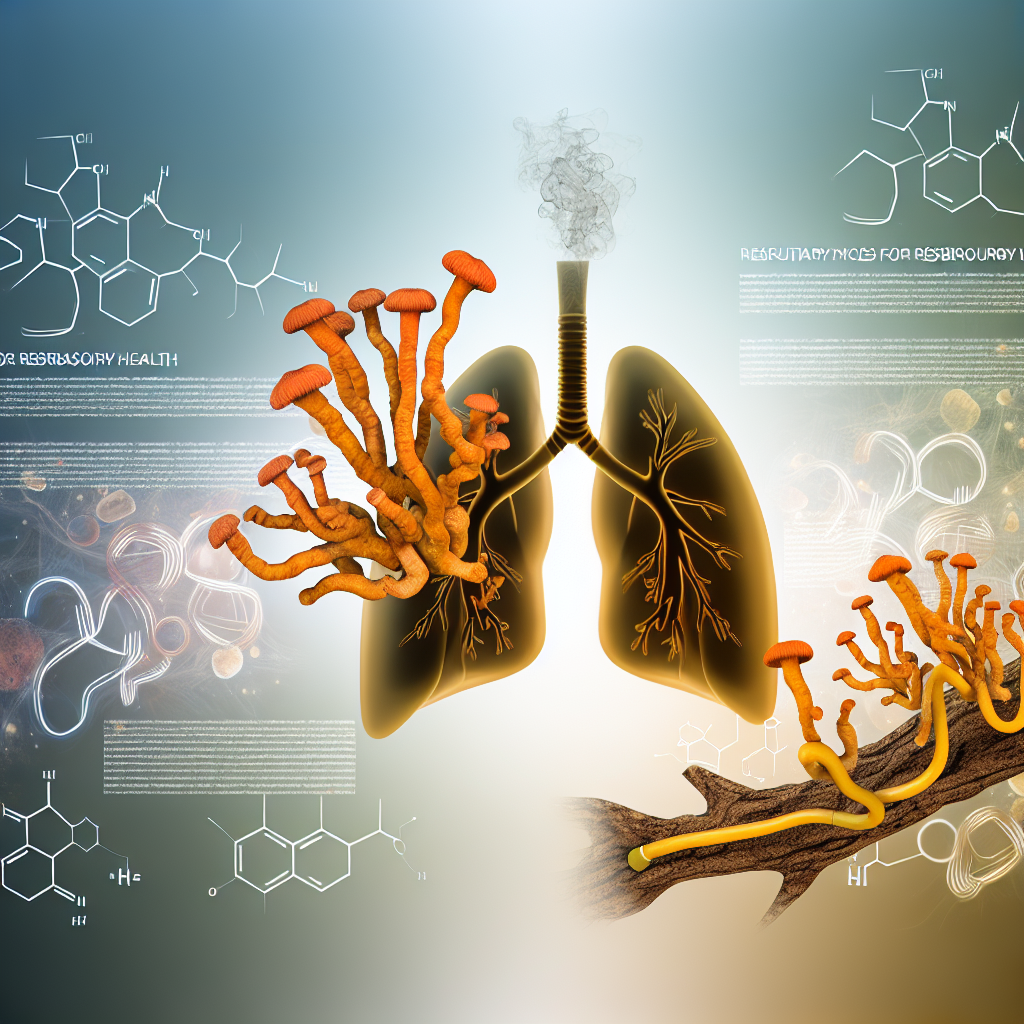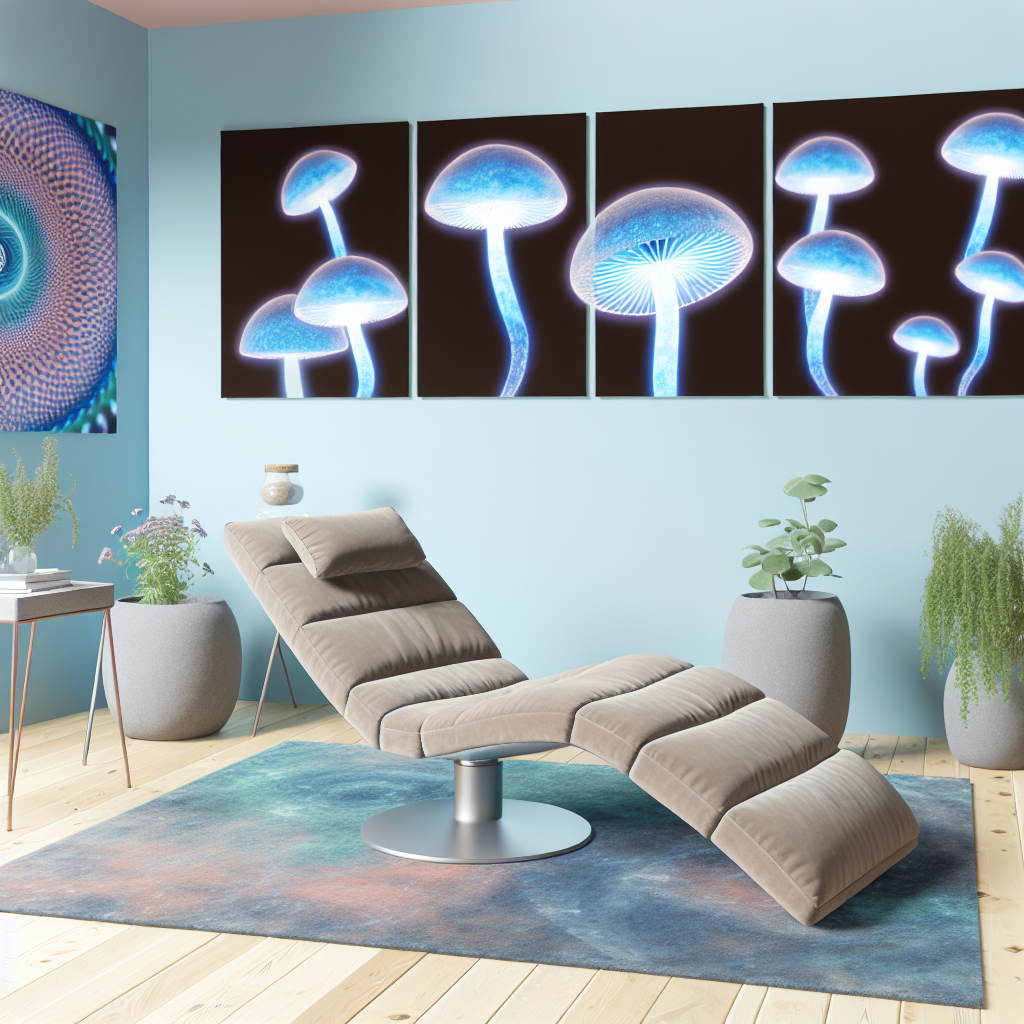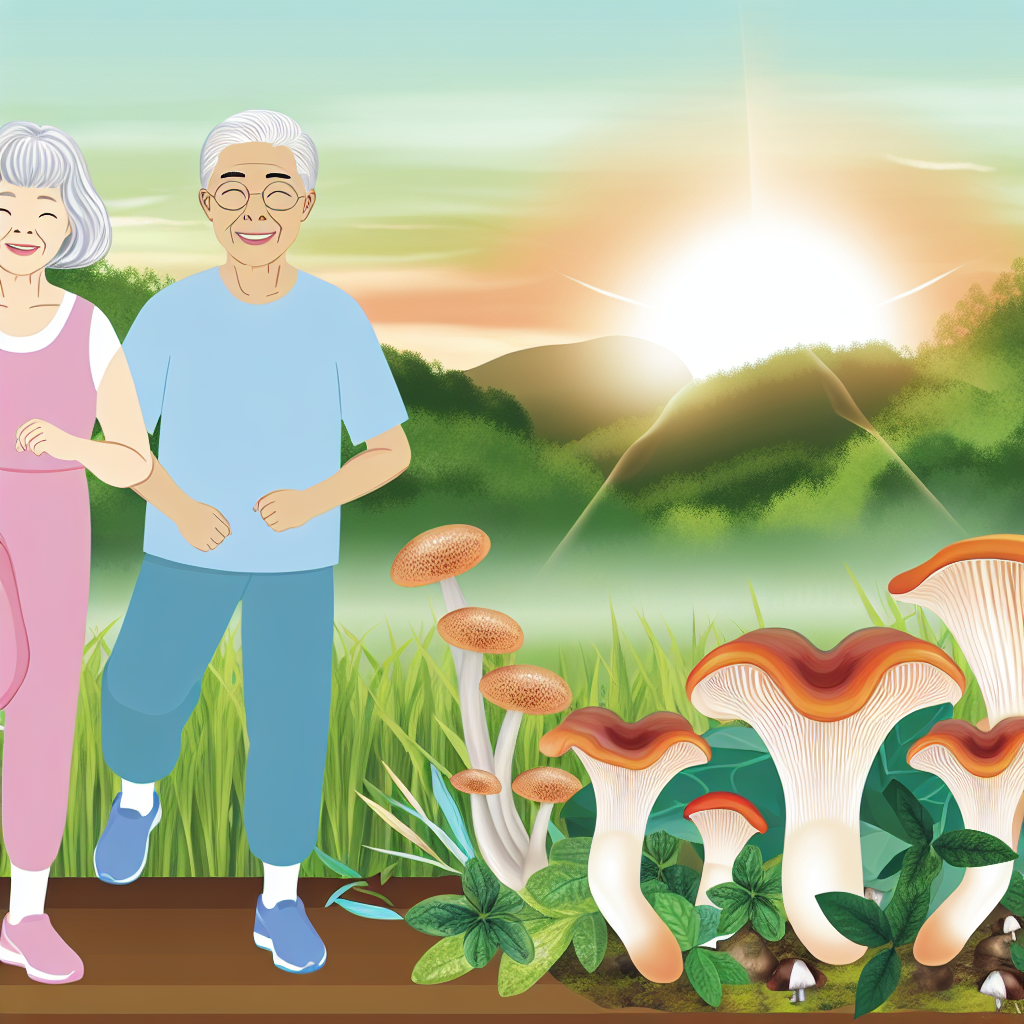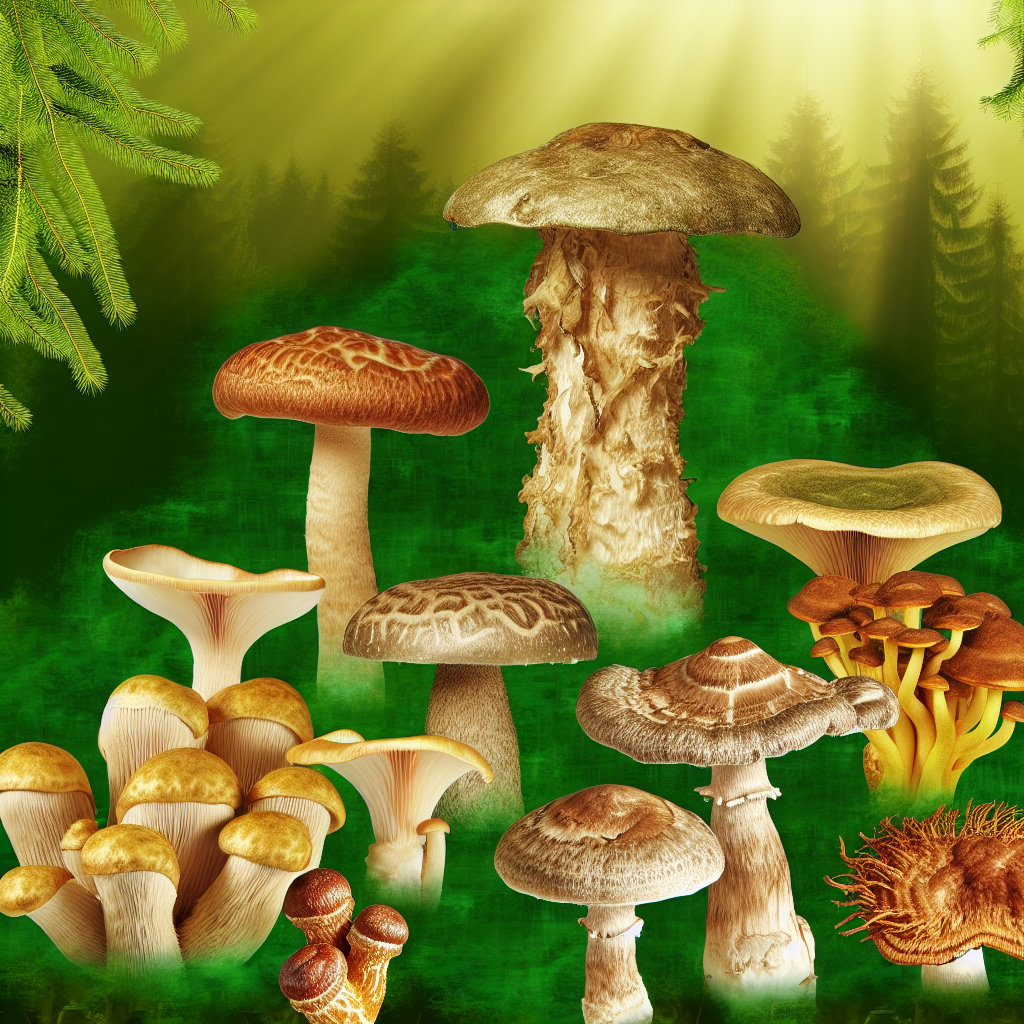Non-Psychoactive Compounds in Psilocybin Mushrooms: Therapeutic Applications
Unlocking Hidden Potential: More Than Just Psilocybin
When most people think of psilocybin mushrooms, they immediately associate them with their well-known hallucinogenic compound—psilocybin. As this psychotropic molecule gains traction in treatments for depression, PTSD, and addiction, a lesser-explored side of these fungi is being discovered: their non-psychoactive compounds. These naturally occurring molecules may not induce altered states of consciousness, but they appear to be rich in pharmacological potential.
Psilocybin mushrooms are part of a larger category of functional fungi increasingly studied for health benefits. As we uncover more about these complex organisms, researchers have identified subtle, non-intoxicating elements that may contribute to physical and mental wellness. These compounds include beta-glucans, erinacines, hericenones, terpenoids, phenolic compounds, and sterols—each bearing unique therapeutic qualities such as immunomodulatory, neuroprotective, antioxidant, and anti-inflammatory properties.
Of significance, the presence of these bioactive agents challenges the focus on psilocybin alone as the primary source of therapeutic action. Compounds like ergothioneine, an antifatigue amino acid, and various polysaccharides found in psilocybin mushrooms are now being examined for their potential to protect nerve cells, regulate immune responses, and even assist in mood stabilization without causing a psychedelic trip.
As consumer interest in holistic and integrative medicine increases, so does the need for non-psychoactive treatments derived from natural sources with fewer side effects than traditional pharmaceuticals. This is particularly relevant for individuals who may benefit from the therapeutic properties of mushrooms but are concerned about the legal, ethical, or psychological challenges presented by hallucinogenic therapy.
By exploring these overlooked components, psilocybin mushrooms may prove to be a multifaceted solution—providing potent healing benefits beyond the psychedelic experience. In this article, we’ll examine emerging scientific research behind these non-psychoactive fungal constituents, explore their mechanisms of action, and consider how they may impact the future of natural medicine.
Science Speaks: The Healing Power of Non-Psychoactive Mushroom Compounds
Though psilocybin is the hallmark molecule, recent studies are bringing attention to bioactive non-psychoactive compounds present in psilocybin mushrooms, suggesting that their healing potential extends well beyond altered perception.
One prominent non-psychoactive component is ergothioneine, a unique sulfur-containing amino acid that functions as a powerful antioxidant. According to a 2010 study published in the Journal of Biological Chemistry, ergothioneine protects cells against oxidative stress and inflammation—two key factors in chronic diseases like cardiovascular dysfunction, neurodegenerative disorders, and autoimmune issues.
Another compound of interest includes beta-glucans—naturally occurring polysaccharides found in mushroom cell walls that have immunomodulatory functions. A research review published in Molecules in 2019 concluded that these compounds stimulate the activity of macrophages and natural killer (NK) cells, contributing to enhanced immune responses against bacteria and cancer cells. In psilocybin mushrooms, beta-glucans are present in pharmacologically significant amounts and could aid in creating immune-targeting supplements that avoid the downsides of psychedelic experience.
In addition, the structure and chemical makeup of psilocybin mushrooms indicate the presence of terpenoids and sterols—compounds also found in other medicinal fungi such as reishi and lion’s mane. Terpenoids are known for antibacterial and antiviral capabilities, while sterols may contribute to cholesterol regulation and hormonal balance.
Notably, studies conducted by Dr. Andrew Weil and colleagues have speculated that the entourage effect—an interaction theory originally coined in cannabis research—may also apply to mushrooms. This theory states that bioactive compounds, when working together, may produce a synergistic therapeutic effect more powerful than that of a single isolated compound. This would suggest that pure psilocybin supplements might be missing out on some of the mushroom’s full potential, especially when compared to whole-mushroom extracts that include these non-psychoactive constituents.
Emerging neurobiological research also points toward non-psychoactive agents playing roles in the regulation of neurotransmitters like serotonin and dopamine without triggering a psychedelic effect. A study from 2022 in Frontiers in Pharmacology identified that indole alkaloids and phenolic acids found in mushrooms exhibited anxiolytic and antidepressant-like actions in animal models.
While research remains in its early stages, the evolving scientific understanding supports the theory that whole-mushroom preparations, which include both psychoactive and non-psychoactive compounds, may be more clinically beneficial and appropriate for a wider range of individuals, especially those not seeking or suited to psychedelic therapy.
Nature’s Toolkit: A New Framework for Mental and Physical Wellness
Non-psychoactive compounds in psilocybin mushrooms represent a groundbreaking frontier in integrative medicine. As modern science peels back layers of these complex organisms, it becomes increasingly clear that their potential reaches far beyond psychedelic effects. From immune modulation to neuroprotection and antioxidant support, these constituents may pave the way for natural, safe, and effective healing strategies.
With research fast evolving, we are just beginning to understand how these compounds could revolutionize the future of preventative and therapeutic healthcare.
References
– Ergothioneine study
– Beta-glucan immune function
– Entourage Effect in mushrooms
– Anxiolytic effects of mushroom-derived indole alkaloids
Concise Summary:
Psilocybin mushrooms contain a variety of non-psychoactive compounds, such as ergothioneine, beta-glucans, terpenoids, and sterols, that may offer therapeutic benefits beyond the psychedelic effects of psilocybin. These compounds have shown promise in areas like immune modulation, neuroprotection, and antioxidant support, suggesting that whole-mushroom preparations could be more clinically beneficial than isolated psilocybin. As research continues to explore the complex pharmacology of these fungi, the non-psychoactive constituents may pave the way for new, natural approaches to mental and physical wellness.

Dominic E. is a passionate filmmaker navigating the exciting intersection of art and science. By day, he delves into the complexities of the human body as a full-time medical writer, meticulously translating intricate medical concepts into accessible and engaging narratives. By night, he explores the boundless realm of cinematic storytelling, crafting narratives that evoke emotion and challenge perspectives. Film Student and Full-time Medical Writer for ContentVendor.com
